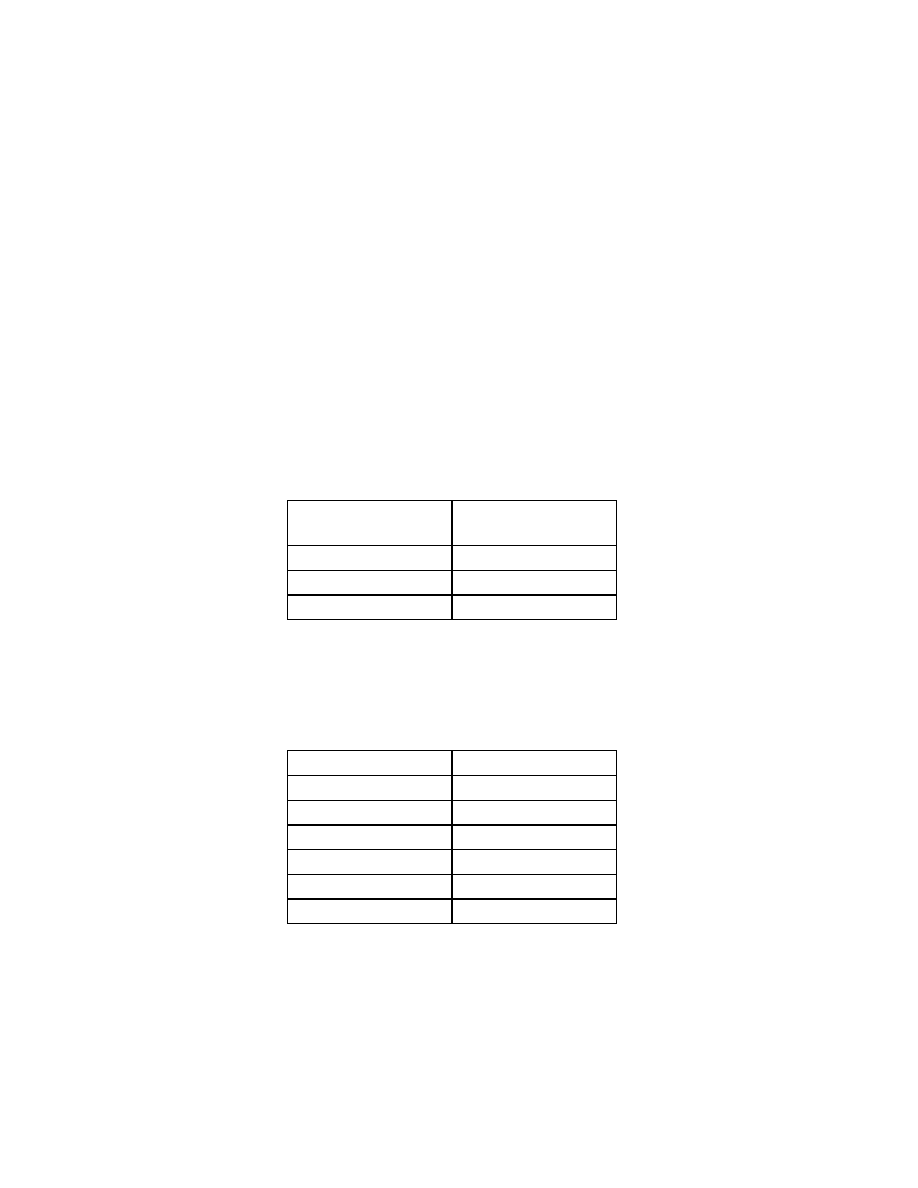
4/20/23
AIM
FIG 7
−
1
−
15
NAS Wind Shear Product Systems
f. Detection of Microbursts, Wind Shear and Gust Fronts.
1. FAA’s Integrated Wind Shear Detection Plan.
(a)
The FAA currently employs an integrated plan for wind shear detection that will significantly improve
both the safety and capacity of the majority of the airports currently served by the air carriers. This plan integrates
several programs, such as the Integrated Terminal Weather System (ITWS), Terminal Doppler Weather Radar
(TDWR), Weather Systems Processor (WSP), and Low Level Wind Shear Alert Systems (LLWAS) into a single
strategic concept that significantly improves the aviation weather information in the terminal area. (See
15.)
(b)
The wind shear/microburst information and warnings are displayed on the ribbon display terminals
(RBDT) located in the tower cabs. They are identical (and standardized) in the LLWAS, TDWR and WSP
systems, and so designed that the controller does not need to interpret the data, but simply read the displayed
information to the pilot. The RBDTs are constantly monitored by the controller to ensure the rapid and timely
dissemination of any hazardous event(s) to the pilot.
Meteorology
7
−
1
−
53